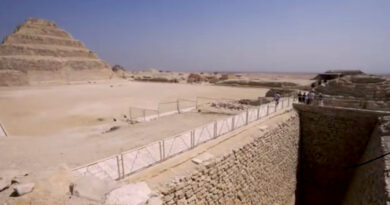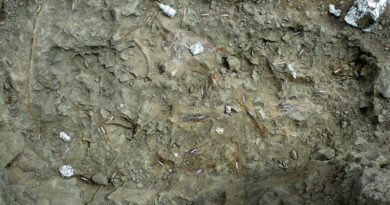Camel Carvings Etched Into Rocks In Saudi Arabian Desert Date Back 8,000 Years
Researchers have announced that the sized camel carvings etched into the side of rocks in a Saudi Arabian desert – initially believed to be 2,000 years old – actually date back as far as 6,000BC.
The 21 monumental reliefs at the Camel Site in Al Jawf in north-western Saudi Arabia have initially dated back to the Nabataean period 2,000 years ago, but a new study has revealed that the carvings are actually much older.
Researchers from the Saudi Ministry of Culture, the Max Planck Institute for the Science of Human History, the CNRS, and King Saud University used cutting-edge dating methods to establish the correct age of the carvings.
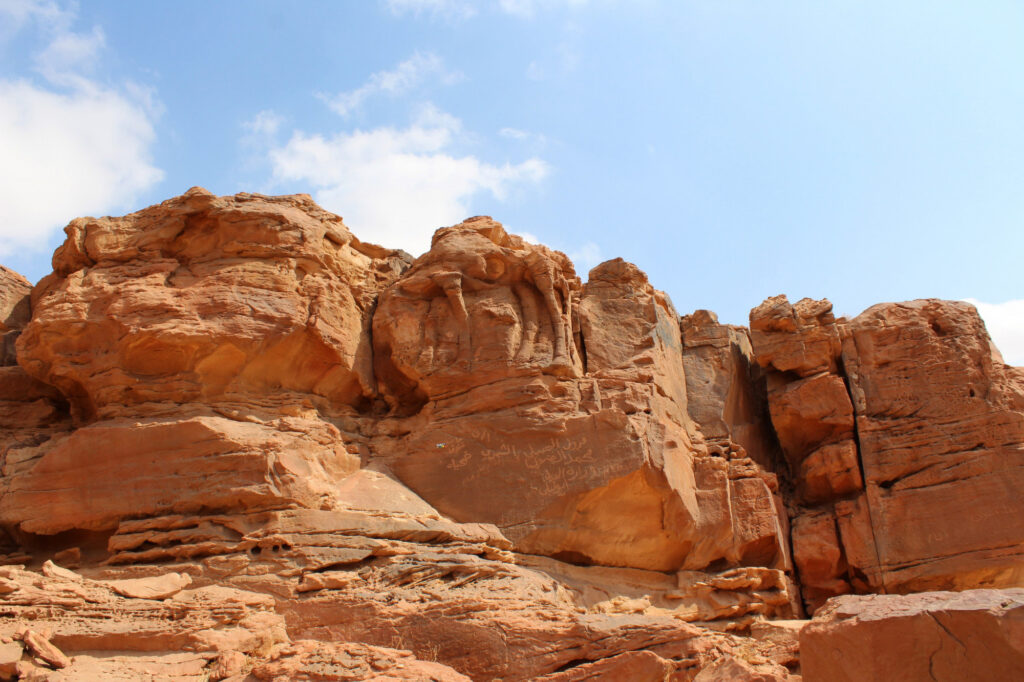
The researchers explained that among the 21 carvings, they found not only depictions of camels but also horses that would have roamed the Saudi desert during the Neolithic period.
According to the researchers, rock art is extremely difficult to date because of the erosion it suffers over time.
To establish an age for the site, the team used a range of scientific methods including analysis of tool marks, assessment of weathering and erosion patterns, and portable X-ray fluorescence spectrometry (pXRF).
The data showed that the sculptures were made with stone tools during the 6th millennium BCE at which time the desert was a lush-green savannah where pastoralist groups herded cattle, sheep and goats.
The authors said in the study: “We can now link the Camel Site to a period in prehistory when the pastoral populations of northern Arabia created rock art and built large stone structures called mustatil.”
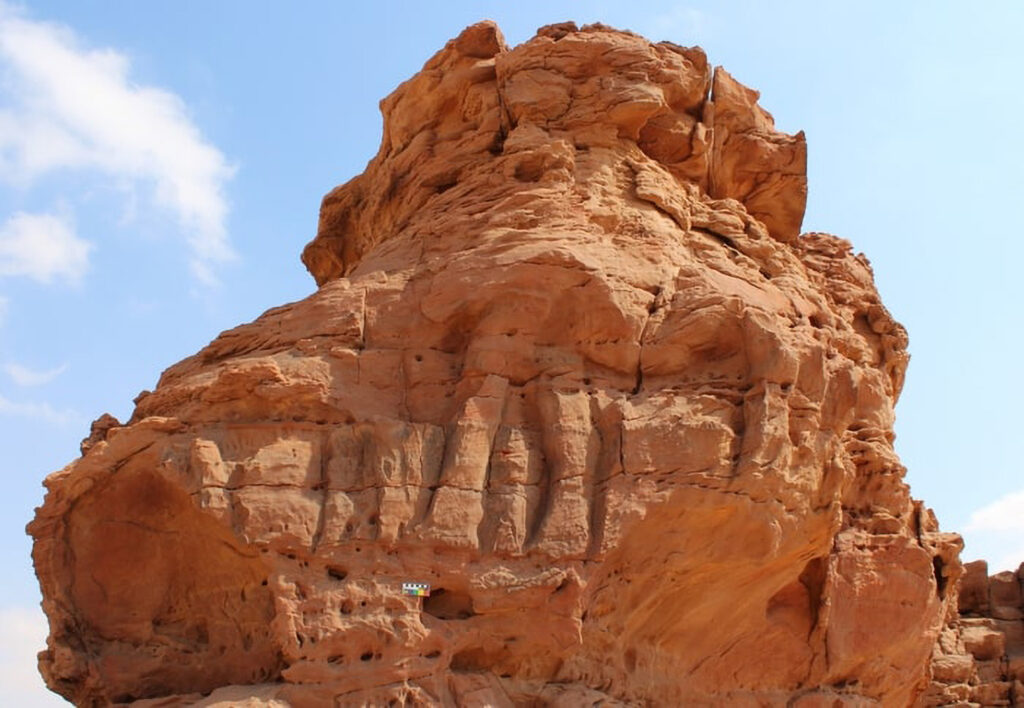
They added: “The Camel Site is, therefore, part of a wider pattern of activity where groups frequently came together to establish and mark symbolic places.”
They explained: “Each relief would have taken 10 to 15 days of carving to complete, and the stone tools used to chip out the 3D shape and to polish the surface would have been re-sharpened and replaced frequently.”
The complexity and size of the carvings have made researchers believe they were probably made by a large group of Neolithic people who came together at times of celebration to create the art as a community.
The researchers said: “The weight gain and references to the mating season in the camel reliefs suggests that they maybe be symbolically connected to the yearly cycle of wet and dry seasons to which these biological changes are linked.”
Doctor Maria Guagnin, a lead author of the paper, said: “Neolithic communities repeatedly returned to the Camel Site, meaning its symbolism and function were maintained over many generations.”
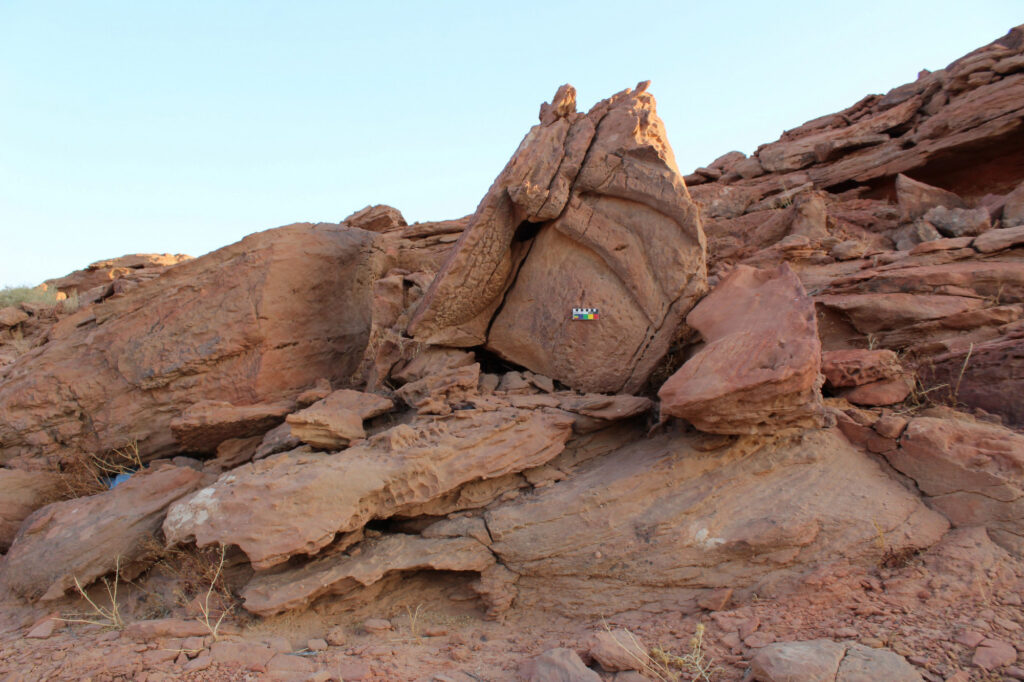
Guagnin added: “Preservation of this site is now key, as is future research in the region to identify if other such sites may have existed.”
The study was published under the title ‘Life-sized Neolithic camel sculptures in Arabia: A scientific assessment of the craftsmanship and age of the Camel Site reliefs’ in the Journal of Archaeological Science Reports on 15th September.

